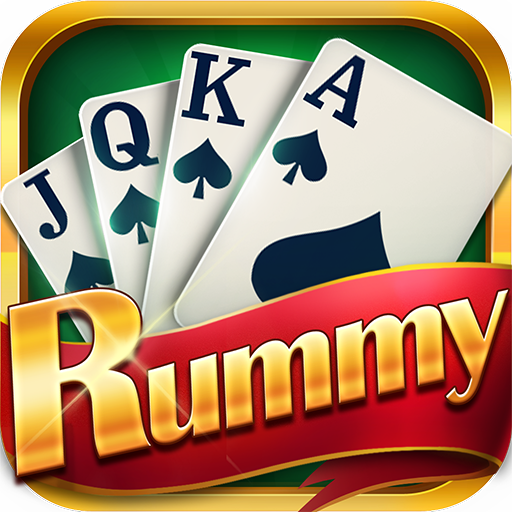Rummy Hands List, the objective is to form valid combinations of cards to declare and win the game. A “hand” in rummy refers to the set of cards a player holds at any given time, and understanding the different types of hands is crucial for mastering the game. This article provides a comprehensive list of rummy hands, including their definitions, examples, and tips for playing them effectively.
Types of Rummy Hands
Rummy hands are categorized based on the combinations of cards that players can form. Here’s a breakdown of the primary types of hands you’ll encounter:
1. Pure Sequence (Pure Run)
- Definition: A pure sequence consists of three or more consecutive cards of the same suit, without any jokers or wild cards.
- Example: 4♠️, 5♠️, and 6♠️ form a pure sequence.
- Importance: A pure sequence is essential for declaring a valid hand in most rummy variations. It ensures that the player has a basic combination to start with.
2. Impure Sequence (Impure Run)
- Definition: An impure sequence is similar to a pure sequence but includes one or more jokers or wild cards.
- Example: 7♦️, 8♦️, and Joker can form an impure sequence.
- Importance: While impure sequences can be used to complete a valid hand, they usually require a pure sequence as well to declare.
3. Set (Group)
- Definition: A set consists of three or four cards of the same rank but different suits.
- Example: 8♥️, 8♦️, and 8♠️ form a set.
- Importance: Sets are crucial for forming a complete hand, alongside sequences. They allow players to group cards of the same rank.
4. Sequence (Run)
- Definition: A sequence, also known as a run, is a set of three or more consecutive cards of the same suit. Sequences can be pure or impure.
- Example: 10♣️, J♣️, and Q♣️ form a sequence.
- Importance: Sequences are integral to rummy gameplay. They contribute to forming a valid hand and are often prioritized over sets.
Understanding Rummy Hand Combinations
In rummy, to declare a winning hand, you need to form a combination of sets and sequences. Here’s a guide to combining these hands effectively:
1. Basic Valid Hand
- Requirement: Typically, a valid hand requires at least one pure sequence and additional sets or sequences.
- Example: A hand consisting of 3♦️, 4♦️, 5♦️ (pure sequence) and 7♠️, 7♥️, 7♦️ (set) is a valid hand.
2. Mixed Hand
- Requirement: A mixed hand includes both pure and impure sequences along with sets.
- Example: 2♣️, 3♣️, 4♣️ (pure sequence) and 6♦️, Joker, 6♠️ (impure sequence) plus 9♥️, 9♦️, 9♠️ (set) form a valid mixed hand.
Tips for Playing Rummy Hands
1. Form Sequences First
- Strategy: Focus on forming sequences before sets. Sequences are necessary to declare a hand and are often harder to complete.
- Reason: Having a pure sequence ensures that you have a foundational combination to build upon.
2. Utilize Jokers Wisely
- Strategy: Use jokers to complete impure sequences or sets, but prioritize creating pure sequences to strengthen your hand.
- Reason: Jokers offer flexibility and can substitute for any card, but a pure sequence is often required for a valid hand.
3. Discard Wisely
- Strategy: Discard high-point cards or cards that do not fit into your current combinations. Pay attention to opponents’ discards to avoid giving away useful cards.
- Reason: Reducing the point value of your hand and avoiding providing useful cards to opponents helps minimize potential losses.
4. Watch for Melds
- Strategy: Keep an eye on possible melds (combinations of sets and sequences) that you can form as the game progresses.
- Reason: Being aware of potential melds helps you make strategic decisions on which cards to hold or discard.
Conclusion
Understanding the different rummy hands and how to combine them effectively is key to mastering the game. By focusing on forming pure and impure sequences, creating sets, and strategically using jokers, you can enhance your gameplay and increase your chances of winning. With practice and a strategic approach, you’ll be able to form valid hands efficiently and enjoy the excitement of rummy with greater skill and confidence.




